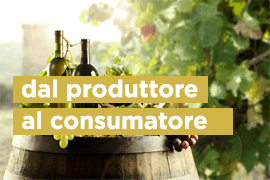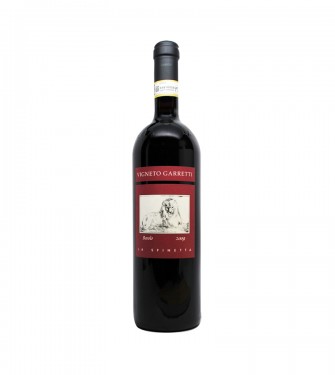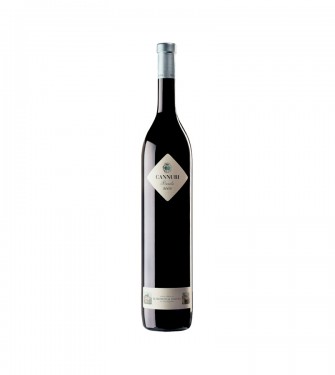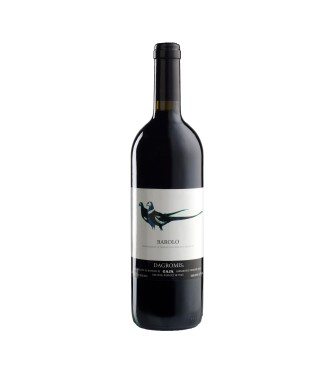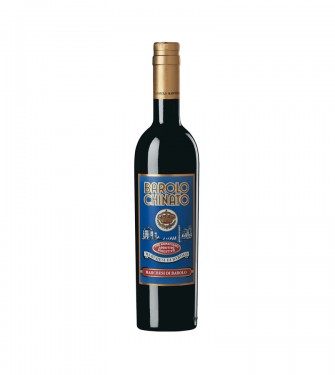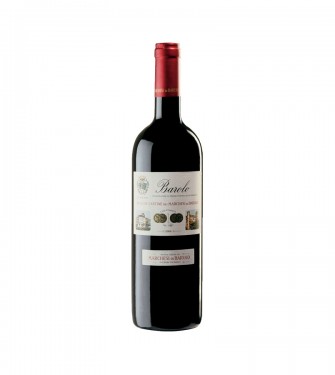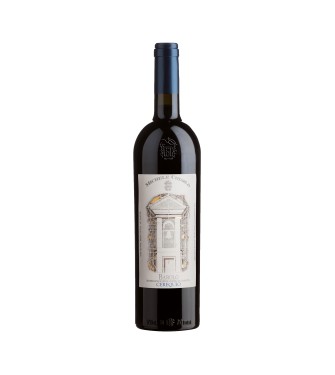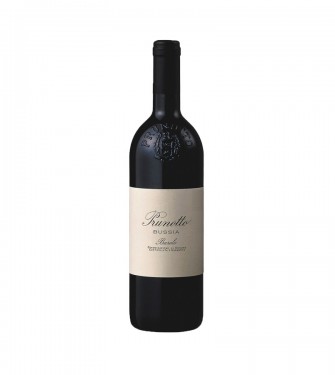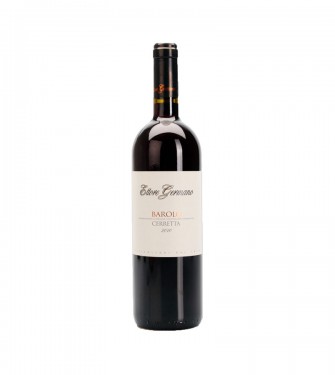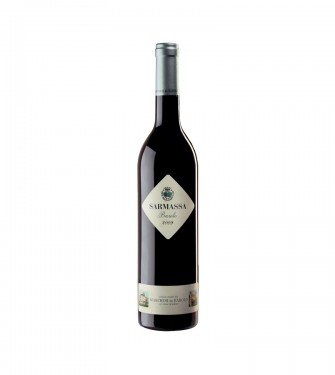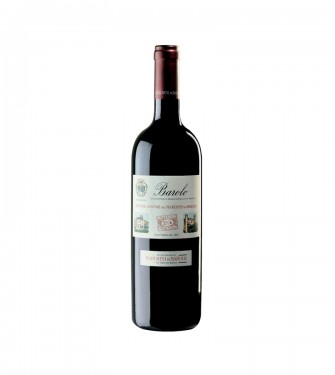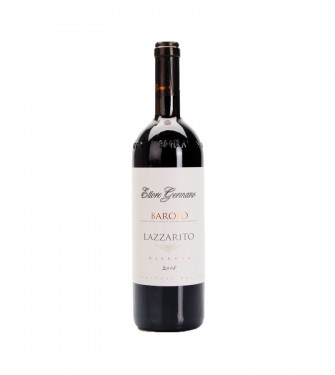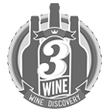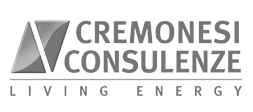Barolo WINES
Barolo is Italy’s known greatest and popular red wine. The name Barolo originates from a hillside village in Piedmont hills on the northwest of Italy. The vineyards in this region are famous for being a haven for grape variety. (continue)
-
-
Prezzo di listino: € 63,23Special Price € 52,69 -17%
-
-
Prezzo di listino: € 32,87Special Price € 28,49 -13%
-
Prezzo di listino: € 43,43Special Price € 36,19 -17%
-
Prezzo di listino: € 95,57Special Price € 72,49 -24%
-
Prezzo di listino: € 73,79Special Price € 61,49 -17%
-
Prezzo di listino: € 52,67Special Price € 43,89 -17%
-
Prezzo di listino: € 63,23Special Price € 54,89 -13%
-
Prezzo di listino: € 59,27Special Price € 50,49 -15%
-
Prezzo di listino: € 79,07Special Price € 65,89 -17%
Barolo WINE
Barolo is Italy’s known greatest and popular red wine. The name Barolo originates from a hillside village in Piedmont hills on the northwest of Italy. The vineyards in this region are famous for being a haven for grape variety. Some of Italy best wineries are found in this region and have made a name of the finest red wines they have distilled. It therefore not a worry that tannic Barolo wine that is so valued is originated from this place. The fineness of Barolo wine made it awarded DOCG status juts the day classification was inaugurated in 1980.
Where and how Barolo is grown
The Barolo vineyard where it thrives very well covers areas such as Serralunga d’Alba, Barolo, and Castiglione and going forward to parts of La Morra, Roddi, Monforte d’Alba, Verduno, and Novello. Though all these areas support the growth of vineyards, their climatic condition and soil differ slightly, hence, making a difference on the kind of wine they produce. For example, in Barolo and La Morra, the type of soil here has a high absorption of limestone-rich marl, thus, making the kind of grapes harvested here to be aromatic, broader-textured and sweeter compared to other regions.
Properties of Barolo wine
The Barolo wine has roses and tar aroma decorated by a brilliant ruby color. In addition, this wine has a relatively high alcohol, upright acidity and firm tannins.
The unique trait about Barolos is their requirement of a minimum of ten years to extract color or cellaring to control their tannins. Even though international producers prefer use of new French barriques instead of the traditional wooden cask as a way of shortened fermentation period. This mitigated extraction of tanning from must has made it possible to have a fruitier and approachable style of distilling nicer Barolos.
How the wine is stored and served
For the wine to be christened Barolo, the wine is stored in enclosed cans where it is allowed a minimum of 38 months to ferment or age before it can be sold to consumers. Of these 38 months, 18 months are set to preserve the wine in barrel to maximize aging while the rest months the wine is put into bottles. If the designation of Riserva put into already preserved aging wine, the final aging time span is increased to another 24 months making it stay for 62 months to allow tannins to soften. To know whether the wine is aged enough for consumption, a distiller observes whether its complexity must be dark chocolate and truffles.


